My conversation was about the prevalence of “shit” in the workplace. Now, let me clarify that this was not pertaining to modern day personnel issues (that’s a topic for a whole other blog post), but to the incidence of candy, cake, cupcakes and other sweet goodies that are brought into our work environments.
More and more I hear about the stuff that rolls through the door at peoples’ offices and as I sit here isolated in my little cave, my jaw hits the ground. I hear the rationale behind bringing it in – leftovers from Little Johnny’s birthday party, Suzy in HR’s birthday, “Marcy was having a bad day yesterday so I thought some cupcakes would cheer her up”, etc… then I wonder, if people can so readily consume that stuff and think that “a little treat” is okay once in a while… okay… everyday… okay, okay…. every time I walk by the tray on the table in the entranceway, what will the consumption be like if the “treats” are then deemed healthy.
Let’s take a quick break from that train of thought and look at what’s ahead of us. Firstly there’s the devilishly sweet-friendly Halloween extravaganza in the month of October and half of November as we so conscientiously remove the candy from our house and take it to work – so sneaky! That’s followed up by Thanksgiving feasts – “mmm, Aunt Jenny’s pecan pie is to DIE for” – you know that isn’t making it to work. Then comes Christmas and the New Year – “I can’t wait to set those Resolutions, lose these few extra pounds and stop eating sugar”. Oh, and if your birthday is stuck in the middle of all this, I hate to say it but you’re screwed!
All right, back to my synaptic firings. Please don’t get me wrong, I think the act of workplace sharing and wanting to make co-workers happy is a wondrous thing and may create amazing cohesion in the workplace (it may also be related to those personnel issues mentioned above but we’ll let Suzy in HR take care of that after she snaps out of her sugar coma).
Evidently, I don’t know about “the modern working environment” as I pretty much work alone, and I can only imagine how tough it would be to change this environment and acceptance within the workplace. But no one ever said that change is easy! We’ve managed to implement ‘Scent Free’ policies, nut and allergen policies and we’ve pushed smokers further and further away from the building. So I wonder, why can't the same courtesies be applied with regards to food choices (sugar was just named above cigarettes and alcohol as the 'most addictive and dangerous substance' of our time).
So I now ask for your help… how can the “crappy" treats be removed from workplace culture, the happiness and social dynamic brought about by sharing something “yummy” with others be maintained, and the consumption of low fat, gluten-free or organic snacks (all perceived as healthy) not go off-the-wall (and the calorie consumption exceed that previously consumed in unhealthy treats)?
(I am serious in asking for your thoughts as to what works/ might work, so please comment below, or on Facebook or drop me an e-mail with your thoughts.)

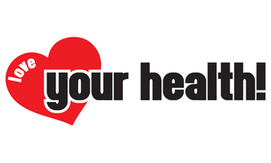
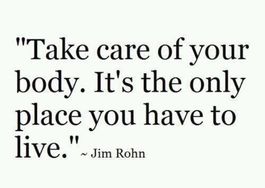


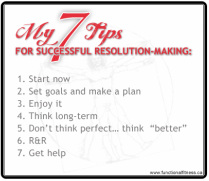


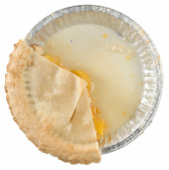
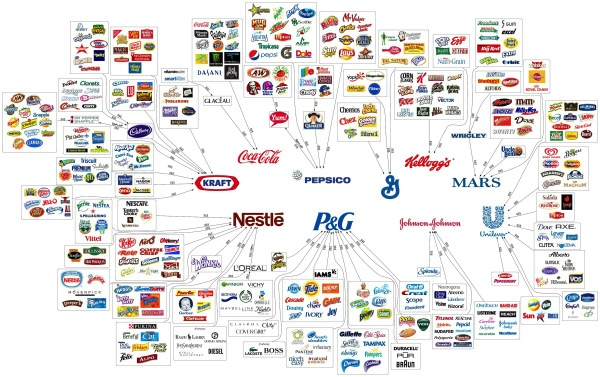
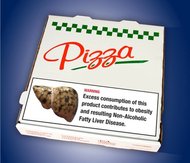
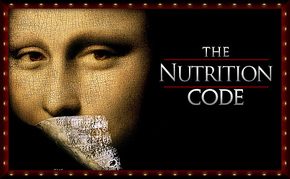
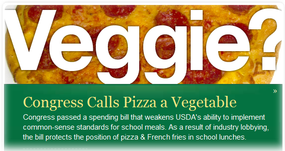
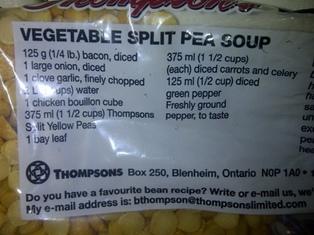


 RSS Feed
RSS Feed





